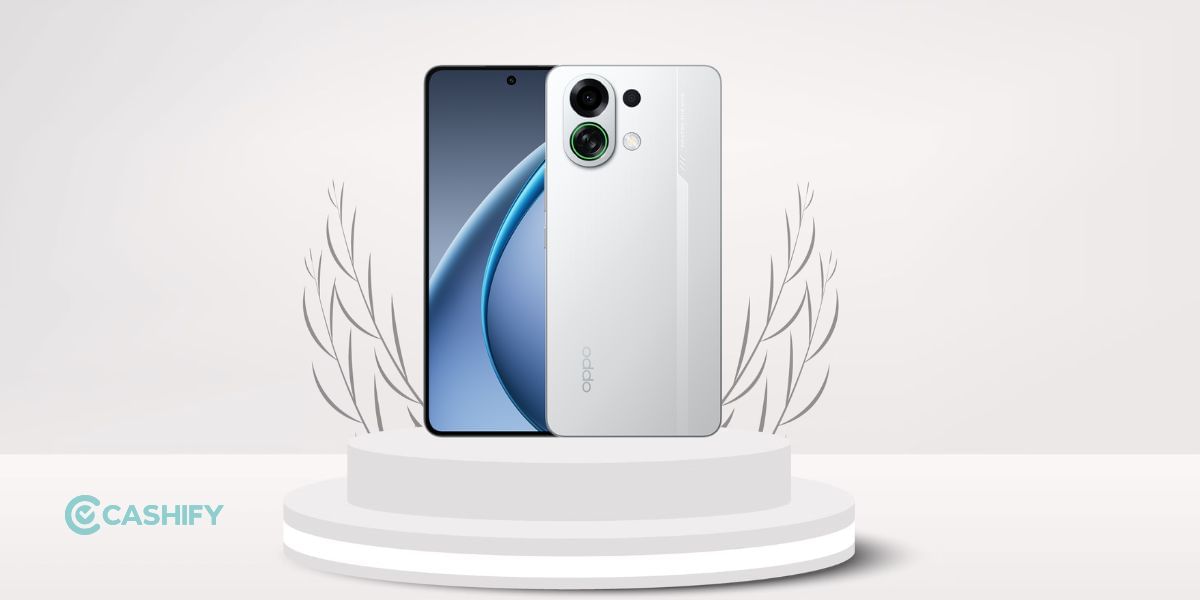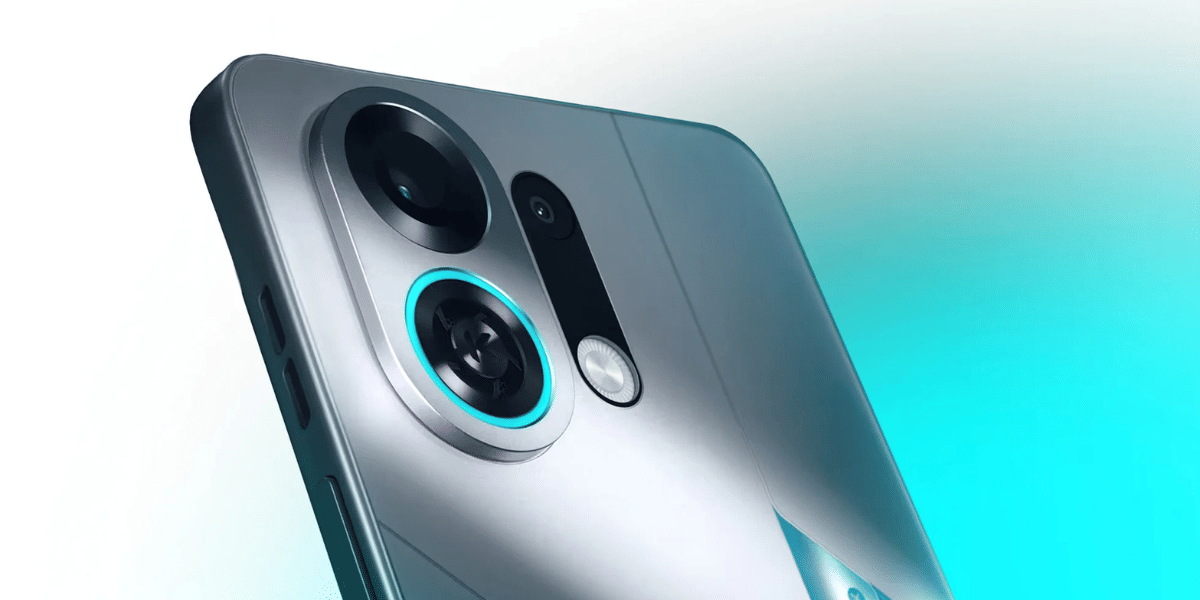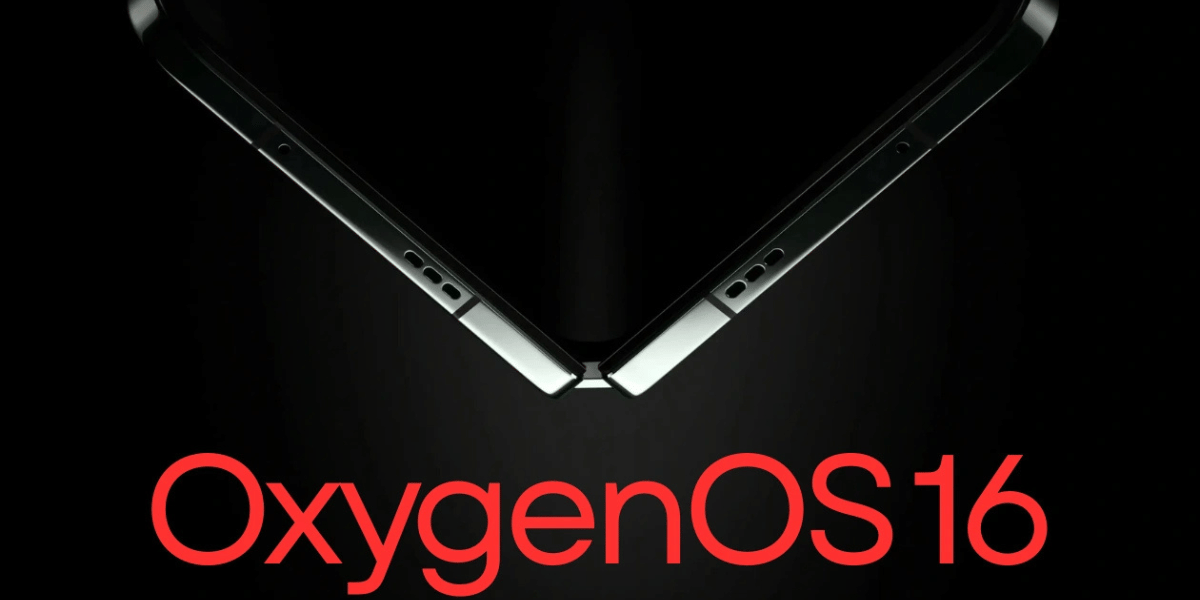Until today, measuring cortisol levels to diagnose illnesses like PTSD and depression was impossible. Professional labs have traditionally measured cortisol levels in blood samples. While these measurements can help diagnose some diseases, they do not detect changes in cortisol levels over time.
For example, sweat contains low nanomolar quantities of cortisol, a crucial stress indicator. However, analytes in the micromolar-millimolar levels can only detect by current wearable sensors.
Also Read: Facebook Turned Meta Smartwatch in the Works, Here are the Details
Now, UCLA researchers have invented a wristwatch that correctly, noninvasively. And in real-time measures the amounts of cortisol in sweat, which might be a huge step forward. Wearers may be able to read and respond to a critical biochemical stress signal with the help of this technology.
According to the researchers, cortisol is a good candidate for wearable sensors. Since its concentration in sweat is close to its circulating levels. Sam Emaminejad, one of the study’s co-authors, said that “we determined that by tracking cortisol in sweat. We would be able to monitor these changes in a wearable format”. Like we’ve proven previously for other small molecules such as metabolites and medications. Cortisol diffuses into a sweat with concentrations that nearly mirror its circulating levels at its tiny molecular size. “
Also Read: Fossil Partners Up With Razer To Bring Gen 6 Smartwatch For Gamers
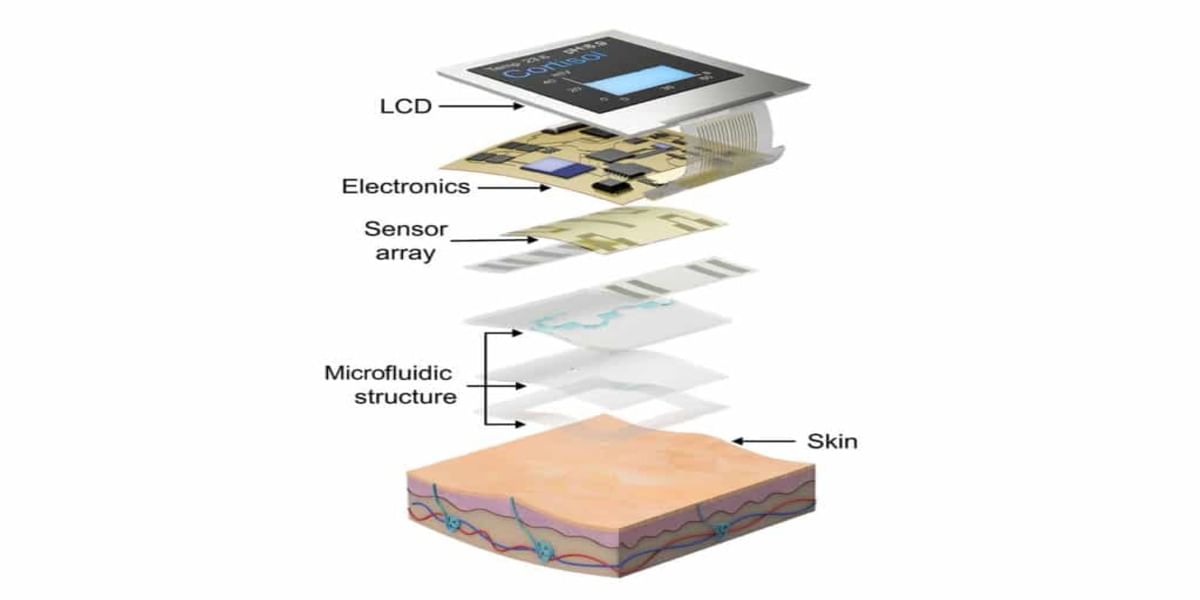
The new smartwatch utilises a thin, sticky film strip to measure sweat volume down to a millionth of a litre. A connecting sensor detects cortisol by using aptamers. These are synthetic DNA strands that fit a cortisol molecule like a key into a lock. The aptamer changes form when cortisol attaches, altering electric fields on a transistor’s surface.
Emaminejad’s group previously showed that a disposable version of the specialised sticky film allows smartwatches to analyse chemicals from sweat. And a device that induces tiny quantities of perspiration even when the user is motionless. In addition, research conducted by Emaminejad’s team previously revealed that sensors they built might help diagnose illnesses like cystic fibrosis and personalise treatment dose.
Also Read: Classic Pokemon Games Return As Pebblemon For Smartwatches
Wearable that detects stress through cortisol level
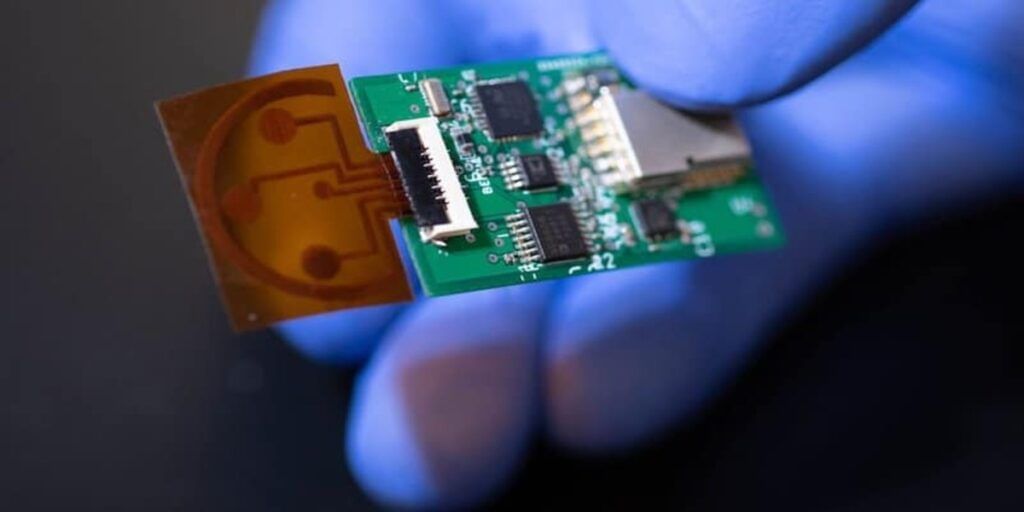
Cortisol levels may vary significantly from person to person, making it difficult to use the hormone to diagnose depression and other diseases. In addition, a single measurement does not provide physicians with much information. In contrast, the study team expects users and their doctors to be on alert to variations in cortisol levels that might be clinically relevant for diagnosis or monitoring the effects of therapy.
Also Read: Syska Bolt SW200 Smartwatch Launched In India: Price, Specs
A member of CNSI and co-author of the article, Paul Weiss, says, “This work became an important paper by bringing together disparate parts of UCLA.” Weiss is a distinguished professor at UCLA of chemistry, biochemistry, and materials science and engineering. “It’s a result of our closeness, our lack of ego issues, and our enthusiasm for working together. “We can work together to solve each other’s problems and take this technology to new heights,” he says.












